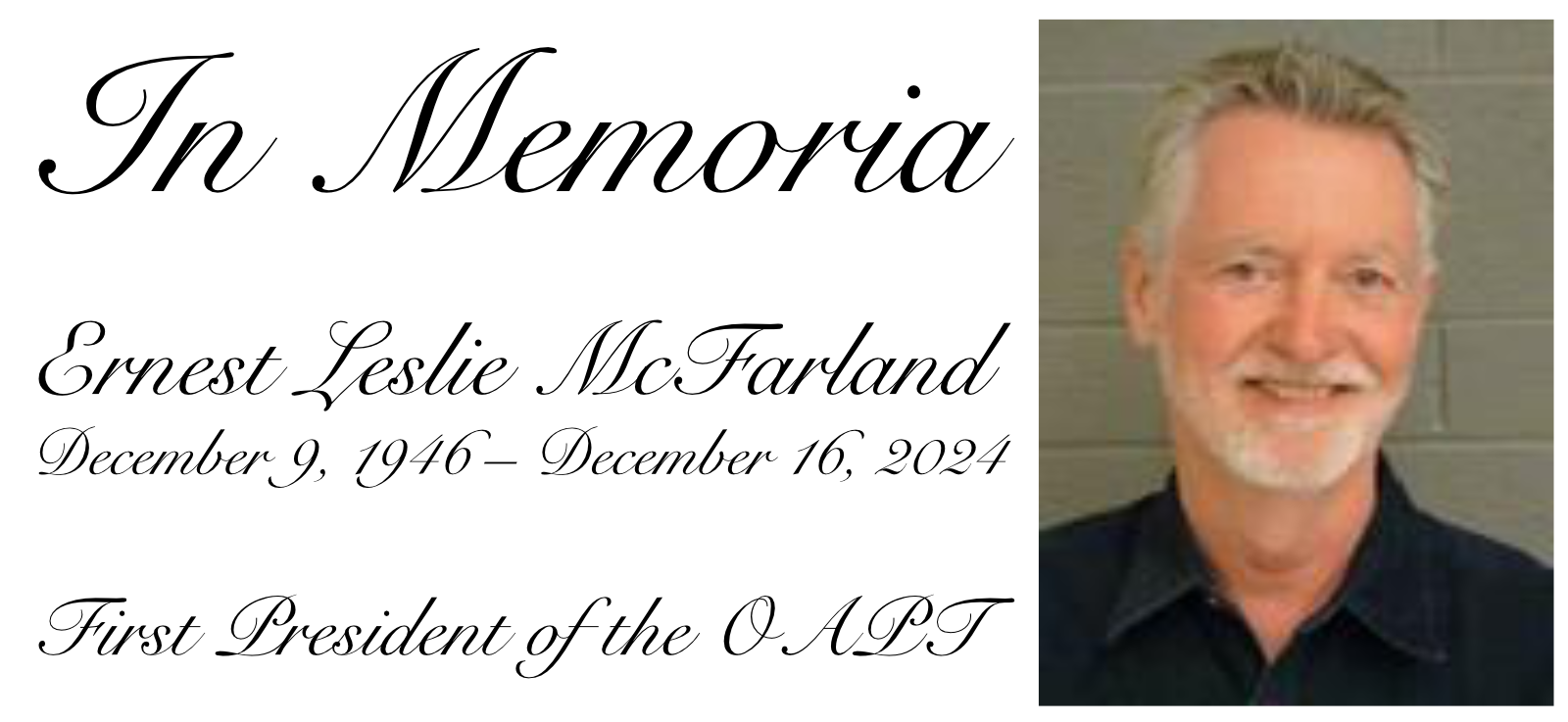June 13, 2025 Filed in:
ArticlesJohn Caranci, CTL Lecturer Ontario Institute of Education
john.caranci@utoronto.ca
As physics teachers, few of us consider the psychological effects of assessment on students during assessments. Content, content, content is the mantra of teachers when assessing (as, of, and for student learning). “We are assessing what individuals know” seems to be our Newtonian view. The phenomenon (learning) happens the same way if we assess or not, we believe.
I've spent 50 years in the physics classroom at the high school or university level. We have the basic cause-and-effect rules for assessment. If students study hard and/or you teach them well, they will succeed; but we work with humans. Humans are complex creatures, they do not always follow cause and effect.
Consider this scenario: You have taught Newton’s second law (F = ma) doing four examples on the board which included some manipulation of the formula before and after substitution. You reiterated “without an unbalanced force on a mass it will not accelerate”. You remember to emphasize the term unbalanced. Then you gave the students five homework questions which were equivalent to F = ma in various states of manipulation. You may even have done a few lab activities about the unbalanced force. The students did the homework questions relatively successfully even though a couple of students had to get assistance because they found that some of the questions were not grammatically clear to them. Then, nine days later you give a test on forces of which you give one multiple-choice question and one problem that involves Newton’s second law in terms of F = ma or its definition. As a teacher, you chose the questions, you chose how they were to be assessed, and you chose how many questions to ask. Do students truly know Newton’s Second Law if they answer those questions correctly?
Read More...Tags: Assessment, Pedagogy
April 07, 2025 Filed in:
ArticlesChris Meyer, Past President, OAPT
christopher.meyer@tdsb.on.ca
In the fall semester of 2024, I taught grade 11 physics for the first time in many years. I was surprised by my students - surprised by their weak math skills and the disconnect between their learning habits and mark expectations. These students were noticeably different from my students of the past. Was this a lingering pandemic hangover or part of a gradual change that I only noticed because of my absence from physics teaching? Whatever the reason, I was caught off guard and not able to adjust. So this semester, I decided to make some changes to meet this challenge and help my students better develop their learning habits and physics skills.
Read More...Tags: Forces, Motion, Pedagogy
March 03, 2025 Filed in:
AnnouncementsJohn Donohue, IQC Senior Manager, Scientific Outreach
jdonohue@uwaterloo.ca
We’re excited to announce the 11th
Quantum for Educators (QEd) workshop, which will be held July 16-18 on-campus at the Institute for Quantum Computing (IQC) at the University of Waterloo. This workshop, formerly known as Schrödinger’s Class, focuses on accessible, affordable, and appropriate ways to introduce quantum mechanics and quantum technology to high-school students.

QEd Participants will leave with ready-to-use activities and concrete curriculum connections to celebrate the 2025 UNESCO
International Year of Quantum Science and Technology. QEd explores fundamental concepts like superposition, wave-particle duality, and entanglement as well as applications in existing technology like atomic clocks and emerging technologies like quantum computing.
Read More...Tags: Modern Physics, Professional Development, Quantum
February 18, 2025 Filed in:
ArticlesEric Haller, Peel District School Board, Editor of the OAPT Newsletter
eric.haller@peelsb.com
The generative artificial intelligence ChatGPT was released upon the world back in November of 2022. This Newsletter published an article from Robert Prior on his
first impressions of it shortly thereafter in January of 2023. Now that our society is over the initial shock of AI, and more and more companies have had the chance to release and further develop their own competing chatbots (like Microsoft’s Copilot, Google’s Gemini, and China’s DeepSeek), I thought it would be a good time to revisit the topic. In this article, I will be looking at how generative AI has improved, and I will provide some thoughts on how it has impacted my students, myself as a teacher, and even some of my coworkers.
In the previously mentioned article on first impressions, we saw how ChatGPT performed when solving various physics problems. I thought the best physics question from that article was the following:
A ball travelling 1.2 m/s rolls off a table and hits the ground 0.75 m away. How high is the table?
Read More...Tags: Assessment, History, Pedagogy, Remote Learning
January 08, 2025 Filed in:
AnnouncementsJames Ball, University of Guelph Sessional Lecturer
jball10@uoguelph.ca

In the winter of 1977 at the AAPT (American Association of Physics Teachers) conference in Chicago, Ernie McFarland (then a faculty member at the University of Guelph) had a chance meeting with Scarborough high school teacher George Kelly. Both felt that it shouldn’t be necessary for Ontario’s physics teachers to travel to the United States to become better teachers. As a result of Ernie and George’s efforts, the OAPT (then known as AAPT-Ontario) became an official section of the AAPT in 1979 with Ernie as it’s first president. If you are interested in the history of the OAPT you can find an article, not surprisingly written by Ernie,
here.
Read More...Tags: History, Pedagogy



